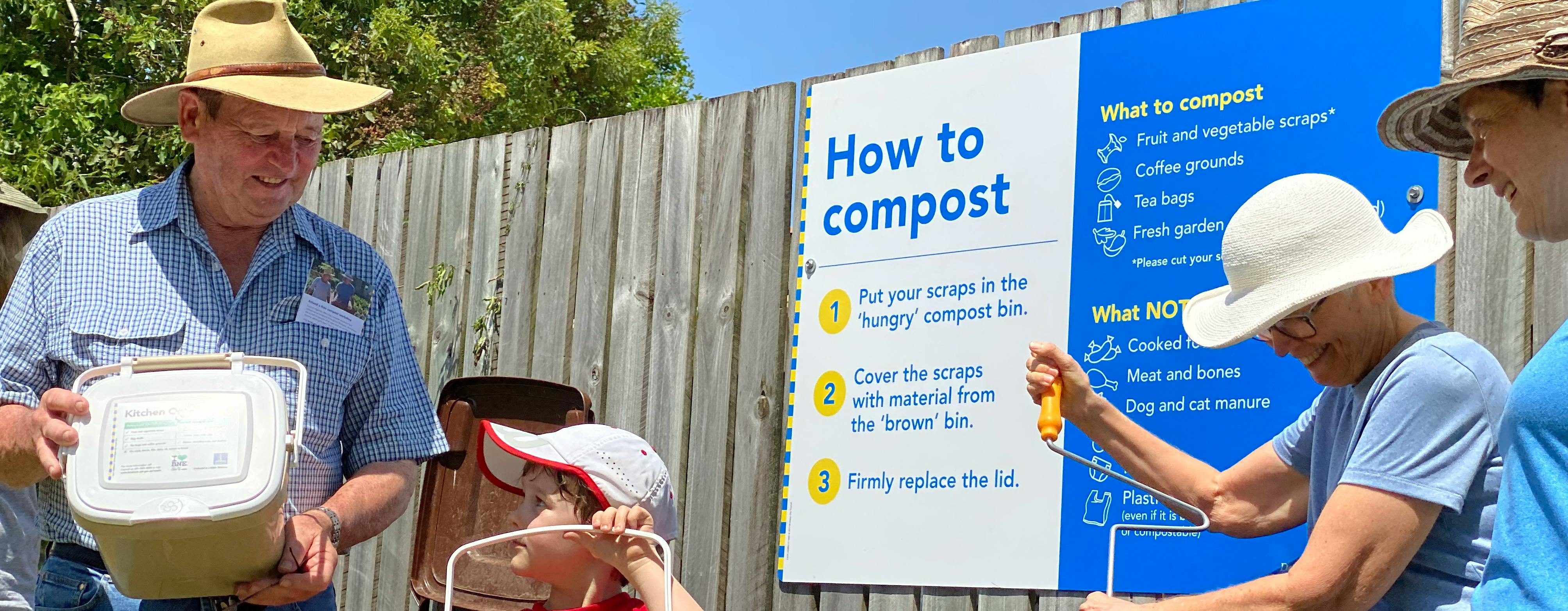Keeping up with the Browns (Carbon)
 One thing a lot of people ask me is how to keep up with the demand for ‘browns’ when composting. Just this morning I heard a Community Compost Hub Host speak of the imbalance between browns and greens at her site. On that note I thought I’d start the conversation about how we can maintain a good supply of browns for use with our systems. This is particularly important for me as I have a new ‘Share Waste’ family now bringing me their waste so am keen to ensure that they have access to a good stash when they visit.
One thing a lot of people ask me is how to keep up with the demand for ‘browns’ when composting. Just this morning I heard a Community Compost Hub Host speak of the imbalance between browns and greens at her site. On that note I thought I’d start the conversation about how we can maintain a good supply of browns for use with our systems. This is particularly important for me as I have a new ‘Share Waste’ family now bringing me their waste so am keen to ensure that they have access to a good stash when they visit.
Fallen leaves and bark – having so many tress (no gums, these leaves are not great apparently due to the oils) around our property, particularly at this time of year, I get a lot of fallen leaves. These are great left in situ in some cases, as they form ‘Leaf Mould’, another rich source of Organic Matter (OM). I do however bin them up when aplenty to leave by the compost bins. I’ve also seen lots of leaves in the alleyway in our estate, lots of seed free weeds around so clearly not an area that has been sprayed, and no traffic pollution so good to scoop I’d say. Pine needles and cones are good too but don’t take from National Parks or other conservation areas.
Hedge cuttings – Something I need to do now, after all the rain we’ve had. Trimming my hedges gives me a great resource for me various composting systems. Often there is way too much to use at once so I now rake the excess under the hedges as a mulch. As this dries out I have another source of browns to use, my chook loves the bugs it attracts too.
Straw or Hay – I’m a big fan of getting out in nature so we find ourselves out in the Samford Valley regularly. Often bales of hay are available cheaply as the side of the road. I picked one up from this trailer just outside Dayboro.

When the weather is dry I tend to spread it around before I mow which gives me a perfect blend for the compost. Pet (herbivores) bedding is great too, chooks, guinea pigs etc. When I drive past the Lifestyle Garden Centre at Samford they often have bags of poultry bedding at the side of the road for $1.
Paper waste – We have numerous recycling points around our house. Tissues, whilst not the best on the environmental front, they are our preference. We have little bins stationed around the house to collect used tissues and toilet rolls. All this goes in the compost when I do my Saturday morning round. We have a paper shredder. I tend to use this to shred any newspapers that come my way, or I scrunch up such papers. The worms love to lay their eggs in scrunched up paper. The non-plastic wrap from deli meats and fish is also good.
Food packaging – Whilst we tend to take out own plates, cutlery and cups to events where we expect to buy food, sometimes we make impromptu purchases, or bring home the waste of others. Compostable plates, packaging, wooden cutlery etc goes in.
Dryer lint and vacuum cleaner contents – when I first heard that we could use vacuum cleaner contents in compost I messaged our carpet cleaner to check that our carpet is natural fibres, he’s very passionate about this stuff, it is!
Hair and nail clippings
Natural fabrics – cotton, hemp…
Corrugated cardboard – the type that’s not heavily inked or coated, the worms love to lay their eggs in this stuff. Pizza boxes, throw them in too!
Eggboxes
Untreated sawdust and wood shaving – I personally am nervous of this as my neighbour’s bin got infested with termites.
Do you have other suggestions to add to the conversation?

